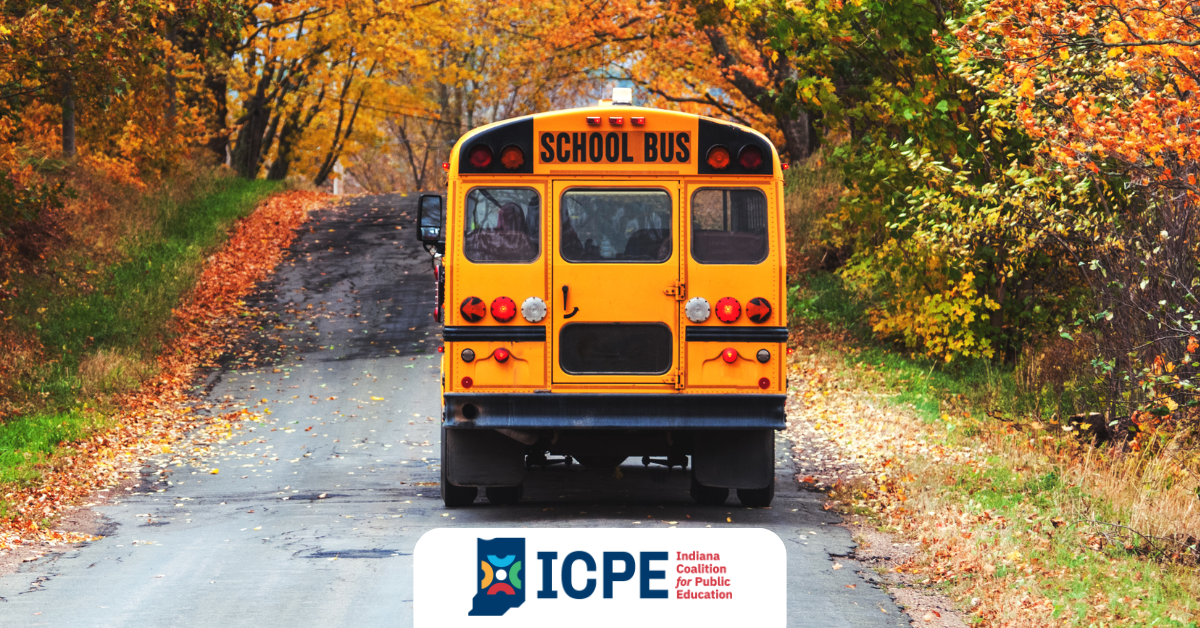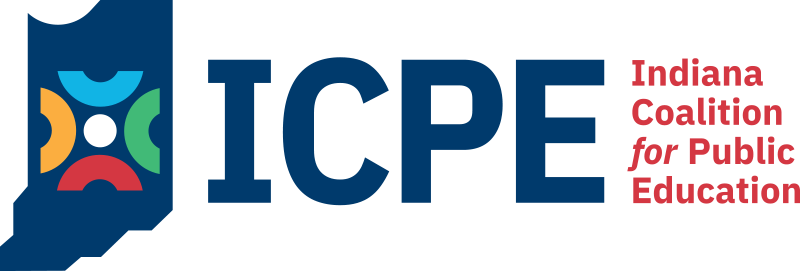Indiana families benefit from public education, even if they don’t use it

Here is the full letter to the editor from ICPE Vice President Jim May; an edited version appeared in the IndyStar on August 6, 2025.
In his recent column on school choice, Jacob Stewart deserves credit for touching on a fact that our state legislators consistently ignore: school choice vouchers have done little to shift students from public to private schools.
Going strictly off enrollment numbers, we’ve seen a shift of about 1% of Hoosier students during the era of vouchers. That overstates the change, however. It’s more accurate to say vouchers have caused an increased number of parents to experiment with sending their kids to private schools, with the majority of those quickly moving back to public school.
That is, Indiana sees an average of 16.2% of participating students leave the Choice voucher program each year. The majority of those who stay would almost certainly be at a private school whether the state subsidized it or not. Among those parents predisposed to private schools, vouchers are popular because they believe it saves them money, though most are likely saving less than they think due to sharp increases in tuition. For example, the state’s largest private school has raised its average tuition from $8,336 to $16,523 since vouchers began in 2011.
While Mr. Stewart’s criticism of the voucher system is merited, his proposed solution uses faulty data to advocate a poorly conceived plan.
First, the state has no data on the number of students who are homeschooled or what kind of outcomes they achieve. Our legislature could require reporting and testing, which would help avoid kids slipping through the cracks. However, while individual legislators have proposed such requirements, the General Assembly at large has demonstrated no interest in taking up the issue.
Second, the data Mr. Stewart cites about homeschool outcomes is based solely on so-called research performed by Brian Ray, a fringe homeschool advocate. Mr. Ray’s adult children have publicly criticized the quality of education they received at his hands. More importantly, his “research” does not compare similar populations of students from homeschool and public school backgrounds. Anyone tempted to take it the least bit seriously should do some more research on Mr. Ray.
Third, Mr. Stewart’s proposed solution of providing education savings accounts to all students literally provides a financial incentive for parents to act against their children’s best interests. In effect, the state would offer a family with three kids approximately $20,000 per year to pull them out of school. While the majority of families would run from such a devil’s bargain, some would take the payout while lacking either the ability, resources or intent to provide an adequate education. We know this, as we’ve seen cases in other states where parents used such payouts for Legos, televisions, dolls, cars, home repairs, vacations and more.
If Indiana had prioritized funding of public schools, it might be appropriate to talk about spending additional money for alternative sources of education, assuming such money included some form of accountability. Instead, we’re a low-tax state that gives a half a billion dollars per year to private schools, while our public school funding has failed to keep up with inflation, let alone the increased costs associated with items such as insurance, school safety and providing secure IT services to a population comprised entirely of children.
Mr. Stewart’s column rests on the flawed assumption that only those with kids in public schools benefit from public education. We all benefit from a funded and functional public education system, just as we all benefit from law enforcement, fire departments, roads, parks and other public goods, regardless of the degree to which we personally use them. And if our legislature continues to seek out new ways to defund public education, we will all bear the cost of their actions.
